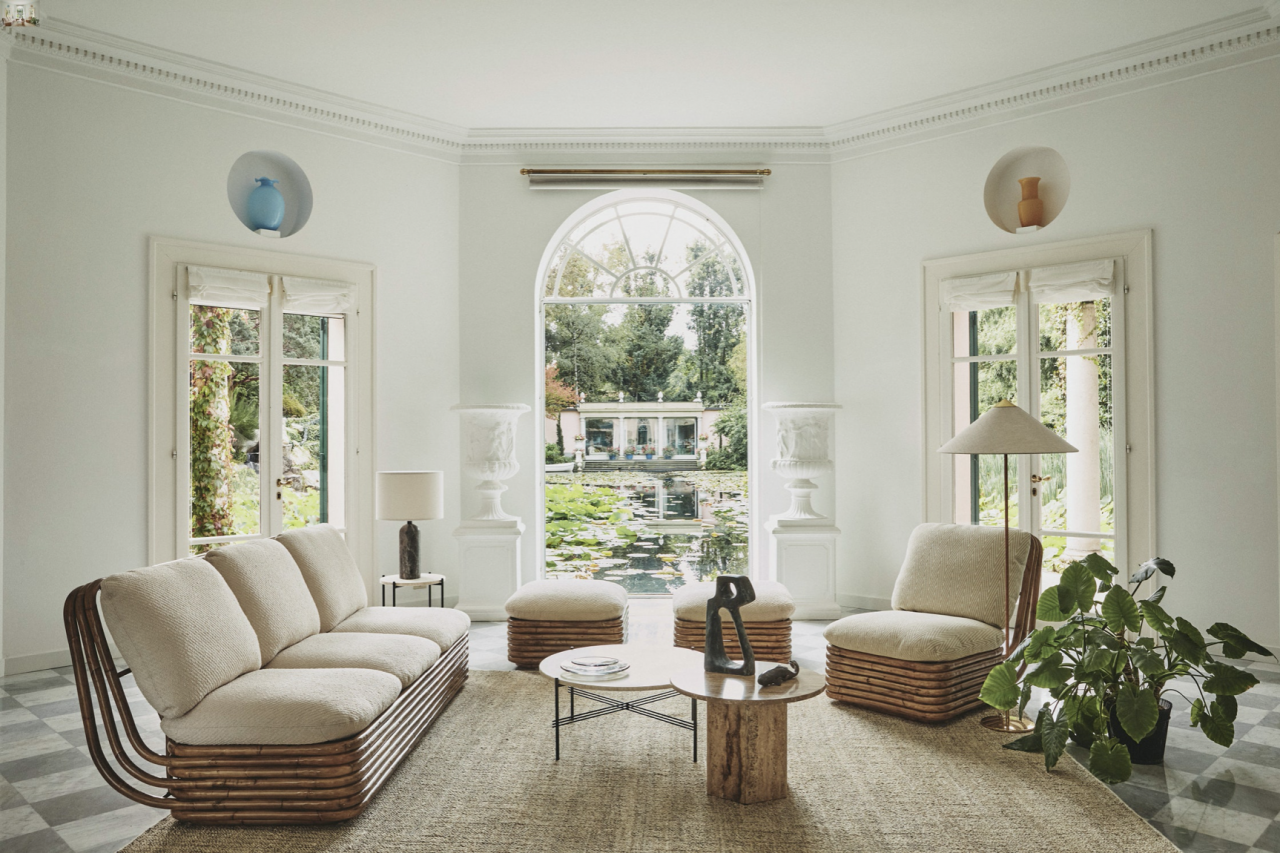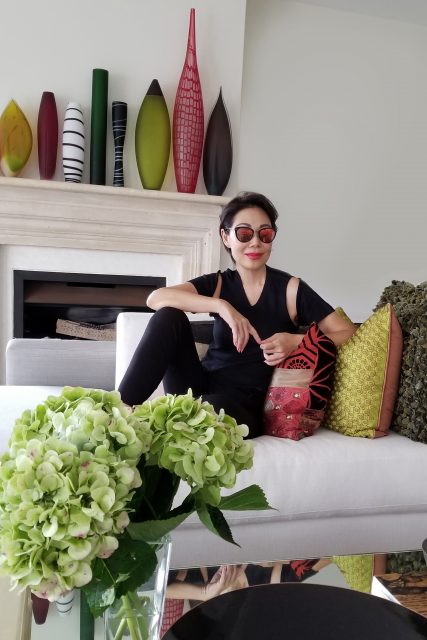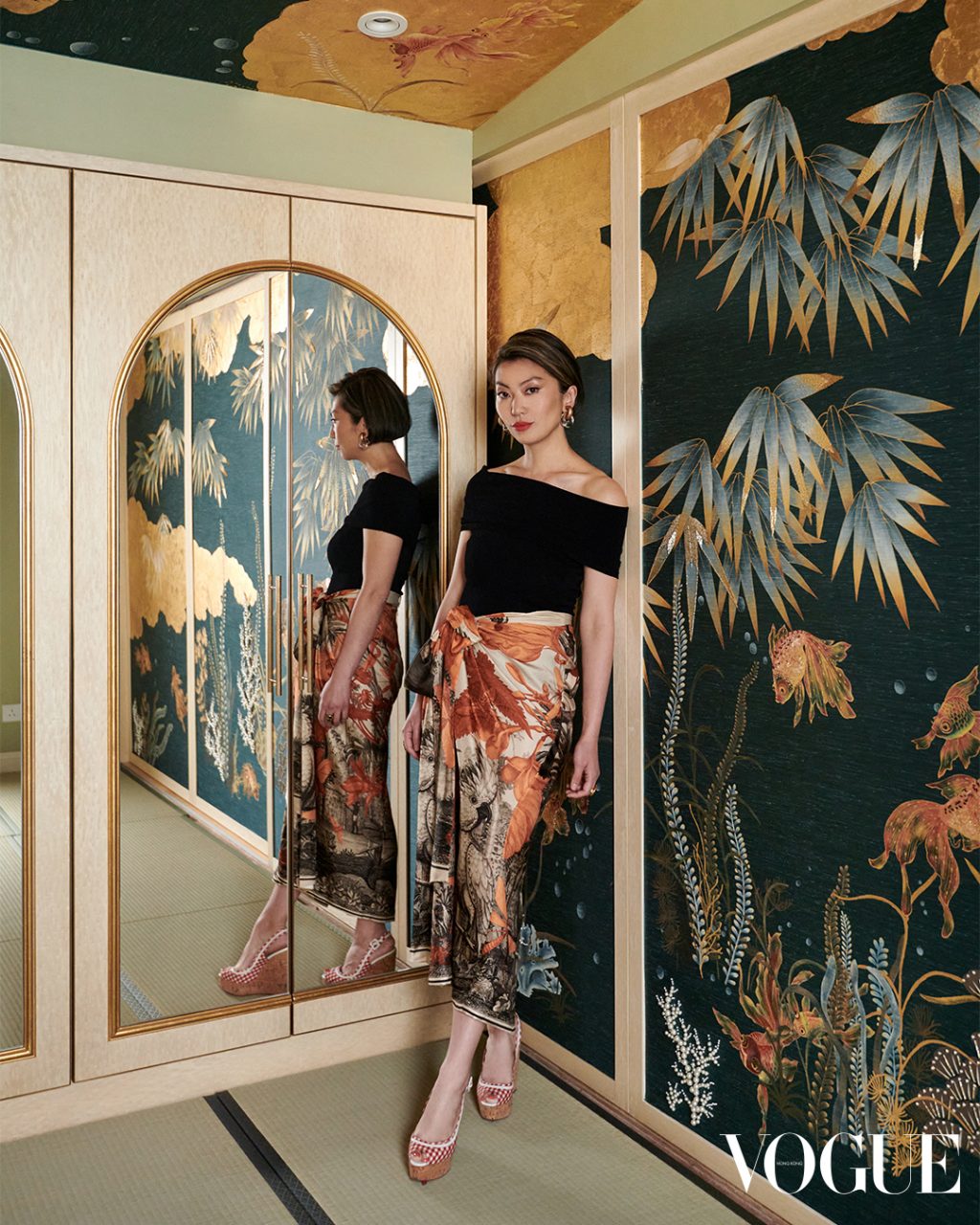You’d be forgiven for not knowing designer Gabriella Crespi’s name. She did, after all, disappear from public life in 1987 to seek spiritual solace in India, leaving behind her glamorous life in Milan—where she was a muse to Valentino and counted everyone from Audrey Hepburn and Hubert de Givenchy as friends—behind. (“I rid myself of everything,” she said. “The showrooms, the warehouse, the Rome apartment, the house in Sardinia. Everything,” she previously told The New York Times.)
But you know her designs: In the 1960s and 1970s she was the maker of choice for Maison Dior, crafting everything from home accessories to furniture for the French fashion house. Her collections (including “Plurimi,” which features the instantly recognizable Dama table) were coveted by everyone from Princess Grace of Monaco to Elizabeth Arden. Her creations were a masterclass in contrasts: they often shifted between clean lines and curves, bronze metals and natural materials, mid-century modern and baroque styles. On 1stDibs, many of her rarer pieces are offered at over $100,000. “She was really an inexhaustible source of ideas and never stopped—over the course of her career, she designed and built over two thousand models. Every piece she presented had a strong identity, and she was brilliant at knowing how to convey this in every one of her works,” Crespi’s daughter, Elisabetta, tells Vogue.

Gabriella Crespi's “Bohemian 72” collection is put into production for the first time ever by Danish brand Gubi.
Photo: Courtesy of Gubi
So, with all that in mind, we have some exciting news:
In honor of what would have been the Milanese designer’s 100th birthday, Danish brand Gubi is producing a rare Crespi collection, “Bohemian 72,” with permission from her estate.
“Bohemian” is a series of rattan and bamboo furniture that’s rarely been seen by the wider world. At the time of their original debut in the 70s, Crespi only made them for private clients. Yet, armed with her original drawings, Gubi painstakingly recreated the pieces alongside Elisabetta. They’ll be available to order in mid-March.
Inspired by one of the central tenets of the mid-century modern movement—a natural flow between indoor and outdoor spaces—Crespi envisioned a series that fit such a lifestyle. So from her sun-drenched Milan patio in the spring of 1972, she crafted it herself. “I wanted to create the house of the sun,” she previously said of Bohemian 72. “I couldn’t help but do it with rattan and bamboo, materials of which I’m very fond and that combine strength and flexibility, the warmth of mellow tones, and the ability to be run through by light. Very long spokes give an impression of the infinite and indeterminate just as cane thickets that rise toward the sky do in nature.”
Sculptural cane rattan, stained with antique color and glass, form the base of the three-seat sofa, ottoman and lounge chair (positioned at 115 degrees for maximum reclining comfort), which are then adorned by plump cushions. Meanwhile, a floor lamp features an interwoven rattan body with bronze accents. Just like Crespi’s original work—which employed the hand-crafted labor of Italian artisans—the rattan is steamed, then bent by hand, to achieve its unique curves. All in all, it exudes an effortlessly easy Milanese elegance, and can be used both indoors and out. “It marries her love of sculptural forms and her curiosity about Eastern cultures and philosophies which she honed over years of travel,” Elisabetta tells Vogue. “It is a truly timeless collection that is just as impacting and significant today as it was in 1972.”
Crespi briefly returned to furniture design in 2015, where she released new pieces at Salone de Mobile in Milan. Yet she passed away two years later, making her return to the spotlight short-lived. Putting these designs into production for the first time, says Elisabetta, is a way to honor her mother’s legacy: “Design was such an important part of my mother’s life, so to celebrate her centenary with designs she particularly loved is so heartwarming.”
Editor
Elise TaylorCredit
Lead Image: Courtesy of Gubi








